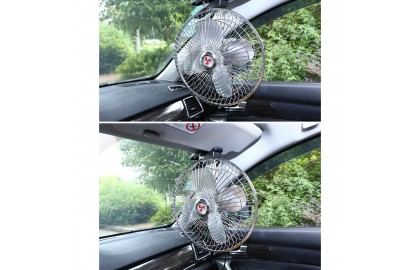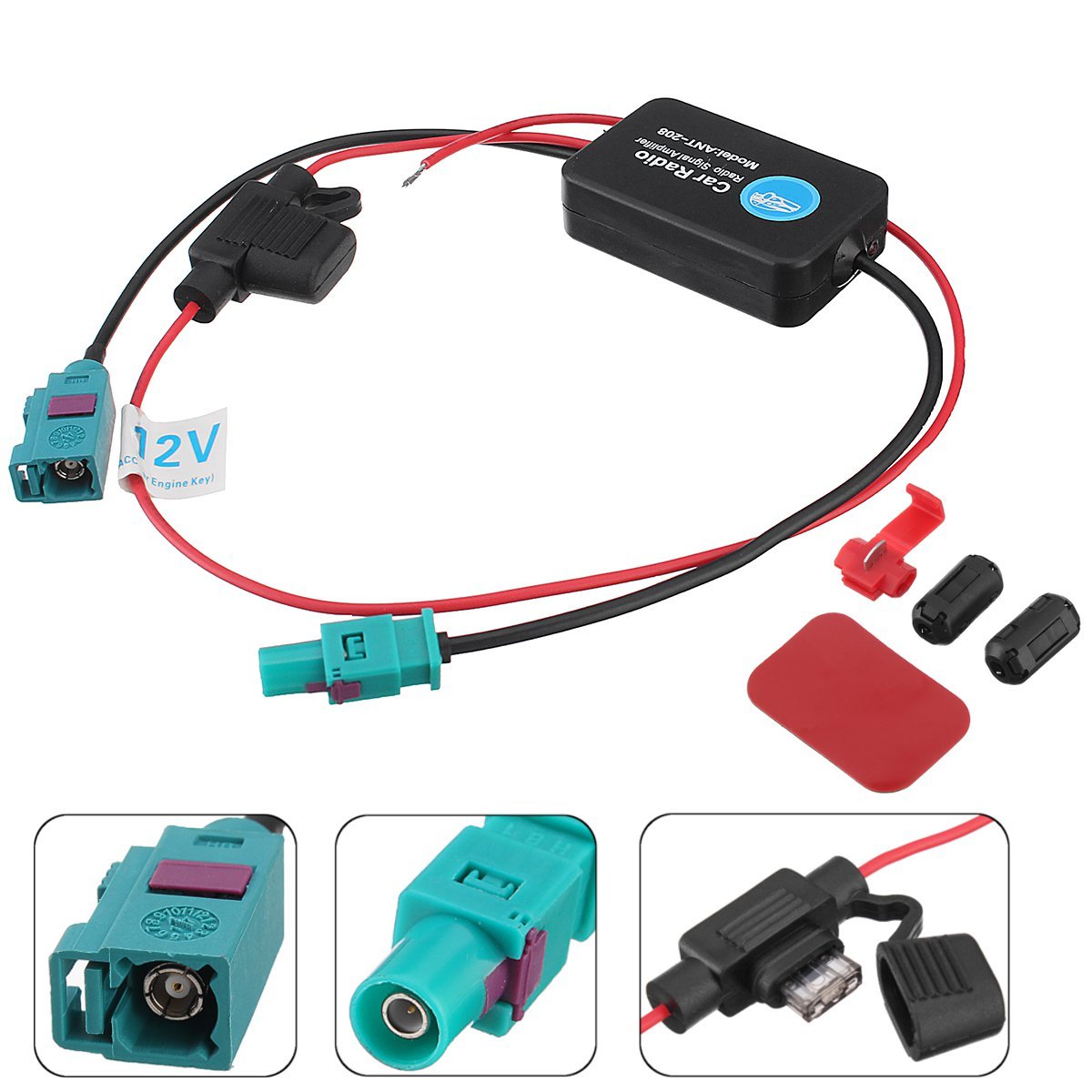Elecdeer Car Radio Antenna For Car Radios


Elecdeer Car Radio Antenna For Car Radios
This article mainly discusses the antennas of car radios. Compared with the antennas of car intercoms, there are many types of antennas. Some car owners don’t even know where the antennas of their car radios are.
With the popularization of family cars and the development of automotive electronics technology, radio antennas on cars can be roughly divided into the following categories.
Traditional Whip Antenna
The working frequency of car radio FM is generally concentrated at 64~108MHz. In China, the frequency of FM is 87.5MHz~108MHz. There are also FM stations in some countries and regions distributed in other working frequency bands. The following table is a list of FM bands used worldwide. and the corresponding FM channel spacing distribution.
Then for FM reception, the parameters and performance of the antenna used should focus on receiving signals within this band. Here we only discuss 87.5MHz~108MHz in China as an example. The traditional whip antenna has a center frequency of 100MHz and a bandwidth covering the entire 87.5MHz~108MHz. The antenna is a quarter-wavelength (75cm@100MHz) monopole antenna, and the reference ground plane is the entire car body.
There is also an FM radio function integrated into our commonly used mobile phones. Some users find that FM cannot be played without connecting the earphone cable. In fact, it is because the FM is not connected to the earphone. The earphone actually plays a role in the FM radio of the mobile phone. Dual roles, that is, the role of audio output and FM antenna, as shown in the figure below, is the model of the headphone antenna, the black signal line is the audio signal line of the left and right channels, and the red signal line is the return path of the audio signal (return path), and the red audio signal return line is the FM quarter-wavelength monopole antenna. The role of the bead on the left and right channel audio lines is to suppress the FM high-frequency signal crosstalk to the audio unit, which is almost a short circuit state for the audio signal. The inductance on the red antenna is a radio frequency choke coil, which is used to suppress the FM high-frequency signal. The frequency signal is short-circuited to ground, and the audio signal is short-circuited to ground at the same time. The capacitor on the red antenna is in a high-impedance state for audio and a low-impedance for FM signals. Once you understand this truth, you will understand the reason why you must use headphones to listen to FM radio on your mobile phone.
short pigtail antenna
For traditional radio antennas, due to length and size factors, such as when entering and exiting the garage, it is easy to scratch the antenna and damages the antenna, so there is a need for miniaturization of car radio antennas. The reduction in the size of the antenna means that we have to compensate for the inductance/capacitance parasitic elements caused by the size reduction. The size of the traditional 75cm long whip antenna needs to be shortened, and corresponding inductance can be added at or near the root of the antenna to compensate, so we will see some winding coils on some shorter antennas. It can be known from the antenna theory that the electrical length of the antenna is shortened, the effective height of the antenna is reduced, and the characteristics of the antenna tend to be capacitive impedance, so the radiation efficiency of the antenna is reduced (the receiving efficiency is reciprocal), and the effective bandwidth is reduced, so we must consider this negative effect, you can consider adding inductance components, or further increase the low noise amplifier (LNA) to make up for its negative effects. The picture below is a schematic diagram of a short braided antenna. It can be seen that the root is relatively thick, which is actually the compensation for the inductance.
shark fin antenna
The shark fin antenna is further miniaturization of the short braided antenna. At first, the shark fin device on the top of the car was inspired by the balance and stability of sharks in the sea when they swim fast in the sea, so it was set on the top of the car. Especially when the vehicle speed is fast and the vehicle body is heavy, the shark fins on the roof have certain stabilizing and balancing effects.
With the demand for the miniaturization of car antennas, designers consider designing car FM antennas into shark fins. Gradually, GPS antennas, 3G antennas, etc. are also designed into this shark fin. Currently, the shark fin antennas on the market, except The high-end original shark fin antenna is integrated with GPS antenna, FM antenna, and 3G/4G/5G antenna. The rest of the after-installation is basically useless. Many car owners who don’t know the truth think that their cars will be damaged if they install the shark fin antenna. It seems tall, but it is not. The final result is that the radio effect is not ideal.
Windshield printed antenna
There are a lot of car radio antennas nowadays, neither a whip, nor a short braid antenna, nor can you see a shark fin on the roof. At this time, the antenna is likely to be hidden in the rear windshield or side windshield of the car's glass top. This kind of glass-printed antenna is actually a kind of glass process, which sprays a copper film on the windshield glass during the manufacturing and molding stage of the windshield glass to form a glass-printed antenna. The shape of this copper film is determined according to the wavelength of FM/AM radio, taking into account the radiation pattern and gain of the antenna, together with the built-in FM/AM low-noise amplification unit, it forms an FM/AM receiving antenna.
